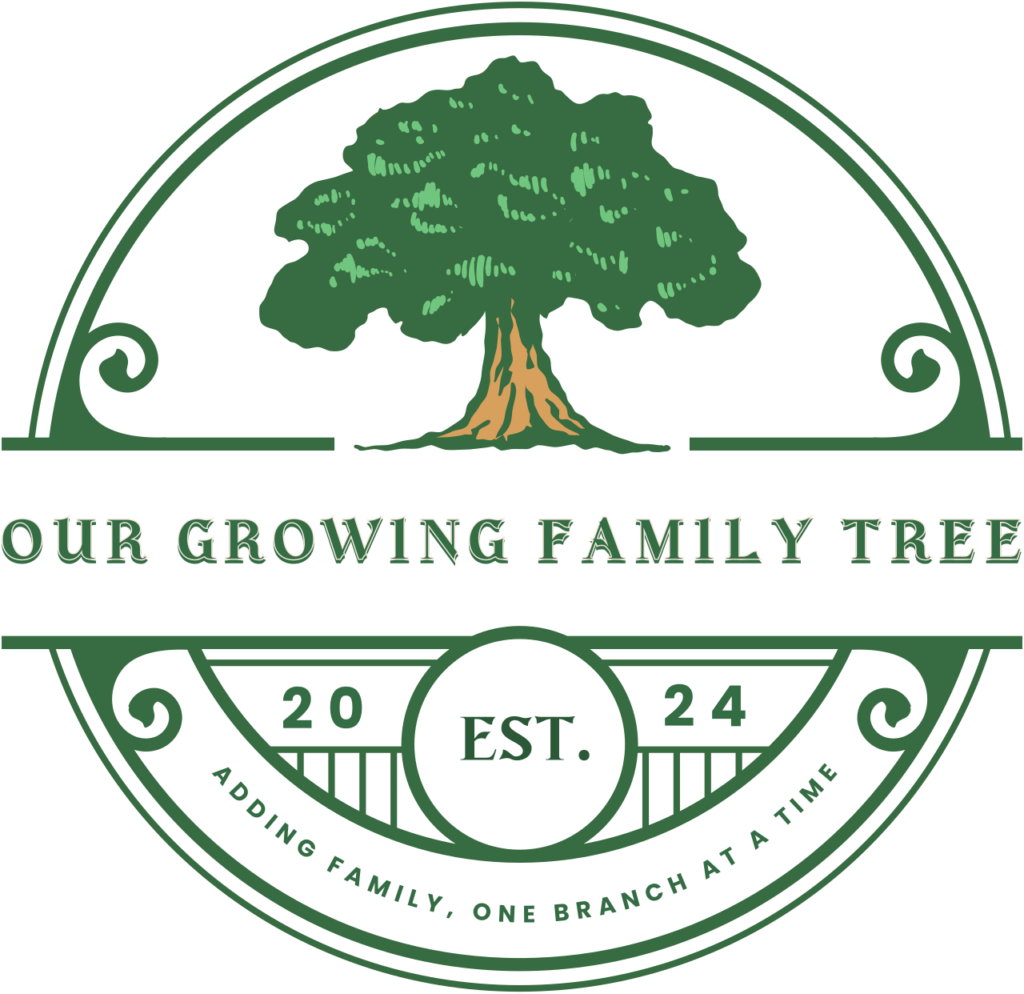
After yesterday’s genealogical marathon, you might think I’d be ready for a break. But no—Day 2 of RootsTech 2025 found me back at my desk (still in pajamas, naturally), coffee in hand, eager to absorb even more family history wisdom!
Day 2: Diving Deeper into Methodology and Technology
My Friday session lineup was carefully curated to address some specific research challenges I’ve been facing. Let me walk you through this incredible day of learning:
Morning Sessions: Building a Solid Foundation
I kicked off the day with Lisa Stokes’ “Genealogy Source Citations 101: Getting Started.” What a gem this class turned out to be! Lisa’s approach to citations was refreshingly practical rather than intimidating. I’m so grateful for her comprehensive handout—it’s going straight into my reference materials as I work to perfect my citation writing. After all, if I can’t retrace my steps through proper citation, did I really do the research?
The “FamilySearch Full Text Search Is Even Better” session was eye-opening. I’ve been using FamilySearch for years, but clearly I’ve only scratched the surface of its powerful search capabilities. The new refinements to their full-text search functionality might just help me finally locate those elusive Midwest ancestors who seem to be hiding in plain sight.
“From Sea to Shining Sea – How to Research in Every US State” provided a fantastic overview of state-specific resources I hadn’t considered. As someone whose ancestors scattered across multiple states after immigration, understanding the unique record collections for each location is crucial for comprehensive research.
“Analyzing Evidence: A Research Game Changer” reinforced just how critical proper evidence analysis is to breaking through brick walls. This methodology-focused session was exactly what I needed as I prepare to tackle some of my more challenging research problems.
Afternoon Deep Dives: AI and DNA
The trio of artificial intelligence sessions—”Beginning with AI Genealogy,” “How Can Artificial Intelligence Assist Family Historians?” and “Learn Genealogy Faster and Easier with Artificial Intelligence”—offered fascinating insights into how this emerging technology is reshaping genealogical research. I must admit, it’s both exciting and slightly intimidating! While I’m eager to explore how AI can enhance my research efficiency, I remain committed to solid methodological foundations. These sessions provided balanced perspectives on leveraging AI tools while maintaining research integrity.
“A Deep Dive into the US Census Records” uncovered several census enumeration nuances I’d previously overlooked. Those marginal notations and special schedules contain so much untapped information!
The DNA Sessions: Pure Gold
Judy Russell’s “A Matter of Standards: DNA and the Genealogical Proof Standard” was absolutely top-notch—as expected from The Legal Genealogist herself! Her clear explanation of how DNA evidence fits within the Genealogical Proof Standard framework was invaluable. I’m looking forward to meeting her in person at the Ohio Genealogical Society conference in April—I might need to bring my notebook for an autograph!
Diahan Southard’s “How Just One Match Can Help You Find Missing Ancestors in 2025” delivered her trademark clarity on complex DNA concepts. Her explanation of genetic networks and finding that “Best Mystery Match” provided practical strategies I can immediately apply to my own DNA puzzles. Her step-by-step guides are always fantastic resources to refer back to later.
One surprise highlight was Katy Rowe-Schurwanz’s “Finding Sarah’s Family: Confirming Connections Through DNA and Documents.” This session wasn’t originally on my schedule, but I’m so glad I attended! Her clear explanations about utilizing FTDNA were exceptionally accessible, and I’m now eager to revisit my matches on that platform with these new techniques in mind.
The Grand Finale
The day culminated with CeCe Moore’s “Telling Stories with DNA: Case Studies from PBS’ Finding Your Roots.” Watching this renowned genetic detective explain how she researched Dr. Henry Louis Gates, Jr.’s family to uncover the identity of his white 2x great-grandfather was absolutely fascinating. Seeing firsthand how her analytical mind works through complex genetic genealogy problems was like watching a master class in genetic detective work. This session alone was worth the price of virtual admission!
“Considering Other Records Sets and Resources” rounded out my day with a reminder that we should never limit ourselves to the “usual suspects” in genealogical research. Those obscure record collections often hold the exact clues we need.
My Airtable is Growing!
My meticulous Airtable tracking system is filling up quickly as I complete each session. Those satisfying “Run Times” entries give me such a sense of accomplishment! I’ve already added notes about which techniques I want to apply first to my Swedish immigrant research and those stubborn colonial-era brick walls.
Looking Ahead to Day 3
As I prepare for the final day of RootsTech tomorrow, my calendar is still packed with yellow sessions to attend live and those inevitable orange “watch later” blocks. My brain may be approaching information overload, but my genealogical toolkit has expanded tremendously over these past two days.


Stay tuned for my comprehensive RootsTech 2025 wrap-up after the conference concludes. I’ll share my top takeaways, favorite sessions, and how I plan to implement all this new knowledge into my research practice.
For now, this pajama-clad genealogist needs to rest up for one more day of virtual learning. My ancestors aren’t getting any younger, and neither am I! 😂

Leave a Reply